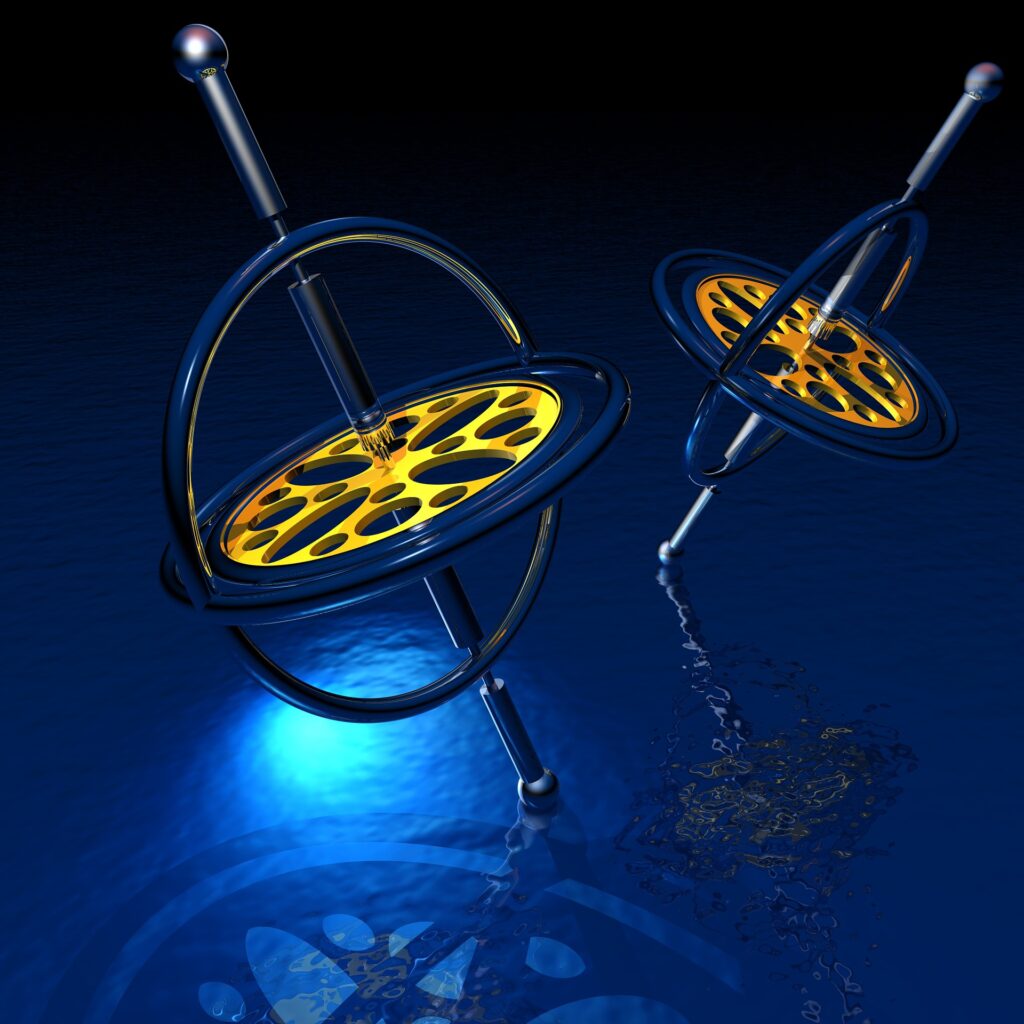When it comes to measuring and maintaining balance in various systems, one device that stands out is the gyrometer. You might have heard of it in relation to aerospace, navigation, or even video games, but what exactly is a gyrometer? And how does it work? In this blog, we will break down the fundamentals of this fascinating device and explore its uses in everyday life.
The gyrometer is essential for various applications, ensuring precision and stability in motion detection.
What is a Gyrometer?
This technology is commonly referred to as a gyrometer in many industries, highlighting its versatility.
A gyrometer (often called a gyroscope) is a device used to measure or maintain orientation and angular velocity. It can detect rotational movement along different axes and help measure the speed of this rotation. The key principle behind a gyrometer is angular momentum—the tendency of a rotating object to resist changes in its rotation axis.
In simple terms, a gyrometer is like a sensitive motion detector that measures how fast something is spinning or rotating and in what direction.
The gyrometer’s ability to maintain orientation is crucial for advancements in technology.
How Does a Gyrometer Work?
To understand how a gyrometer works, it’s helpful to know about the gyroscopic effect. This effect occurs when a rotating wheel or disc maintains its orientation due to the conservation of angular momentum. This is why a bicycle wheel stays upright when it’s spinning fast.
Gyrometers typically use a rotating mass—this could be a spinning disk or a more modern MEMS (Micro-Electro-Mechanical Systems) sensor that works based on principles of physics and motion sensing.
Here’s a quick rundown of the working principle of a typical gyrometer:
- The device contains a rotor (the spinning mass).
- As the rotor spins, it resists changes in orientation.
- If the device is rotated in a different direction, the rotor remains steady and the device measures the change in orientation or the rate of rotation.
Types of Gyrometers
There are different types of gyrometers, each suited for specific applications. Here are a few examples:
- Mechanical Gyroscopes: These rely on spinning disks to measure angular velocity. They are commonly used in traditional applications like navigation systems in airplanes and ships.
- Optical Gyroscopes: These use the interference of light to measure rotation. They’re often found in more precise applications, like in space exploration.
- MEMS Gyroscopes: These are tiny, solid-state gyros commonly used in modern devices like smartphones, drones, and gaming controllers. MEMS sensors use micro-electromechanical systems to measure angular velocity without moving parts.

How Technology is Improving Player Safety in Football

One of the most exciting innovations in player safety is the development of wearable technology designed to monitor head impacts. With the introduction of tools like the SMARTHEADSYSTEM™, real-time data on head biometrics—such as impact velocity, rotation, and head temperature—can be tracked and analyzed.
Applications of Gyrometers
Gyrometers play an essential role in a variety of fields, and their applications are incredibly diverse. Here are some examples:
- Aerospace and Aviation: Gyrometers are crucial for the guidance systems of aircraft. They help determine the orientation of the plane in space and assist with autopilot functions.
- Navigation: For submarines and spacecraft, gyrometers are often used to track orientation and keep systems aligned in the absence of GPS signals. They help maintain steady navigation during long distances where external references (like the Earth’s surface) are unavailable.
- Smartphones and Wearables: Gyroscopes are commonly used in smartphones and fitness trackers to detect motion. They allow for features like screen rotation, step counting, and even motion-based gaming.
- Virtual Reality (VR): VR headsets use gyrometers to track the orientation of your head in real-time. This allows the system to adjust the visual output and provide a more immersive experience.
- Drones and Robotics: Gyrometers help maintain stability and smooth flight control in drones. They ensure that the drone doesn’t spin or lose orientation mid-flight, which is crucial for controlled movement.
- Automotive Industry: Some modern cars use gyrometers in their advanced driver-assistance systems (ADAS), such as stability control systems that prevent the car from rolling over by measuring the vehicle’s tilt.
Why Are Gyrometers Important?
Gyrometers are vital because they provide a sense of orientation and balance in many systems that are difficult or impossible to stabilize by traditional means. They provide real-time data that helps make automated systems more reliable, accurate, and responsive. Whether it’s for navigation, safety, or user experience, gyrometers help systems “know” their orientation in space.
Gyrometers are vital because they provide a sense of orientation and balance in many systems that are difficult or impossible to stabilize by traditional means. They provide real-time data that helps make automated systems more reliable, accurate, and responsive. Whether it’s for navigation, safety, or user experience, the gyrometer helps systems “know” their orientation in space.
A gyrometer is a small but powerful device that plays a key role in everything from aerospace and navigation to consumer electronics and robotics. By measuring the angular velocity and rotation of an object, gyrometers ensure that systems maintain their orientation and balance, which is vital for many high-tech applications.
So next time you spin a drone or tilt your phone to play a game, remember that the tiny gyrometer inside is helping to make sure everything stays in the right direction.

